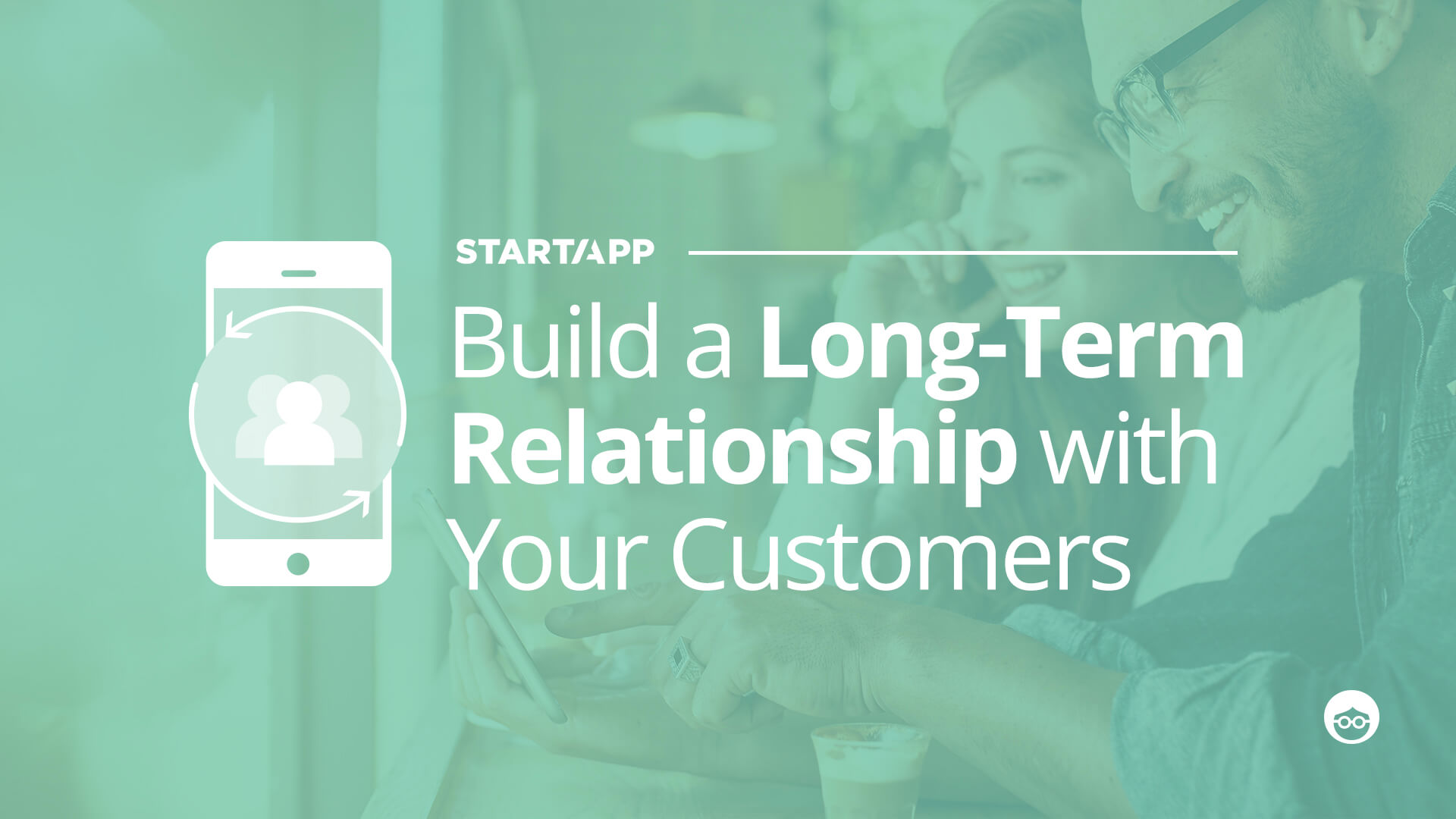How to Build Audiences and Influence Consumers

Audience segmentation involves finding, studying, analyzing, and grouping together data and insights in order to improve the targeting for mobile marketing campaigns. The stronger the audience segments, the better the targeting, and the better the campaign performance.
You are no doubt familiar with all of the different mobile advertising and media platforms out there – each with their own pre-built audience segments and targeting options. Despite the difference between platforms, audience segments are put together in very similar ways. For basic campaigns, many marketers are even able to build segments on their own.
Here’s a breakdown of the process:
- Step 1: A user profile is created for each unique mobile user, based on a combination of demographic, interest, and behavioral data.
- Step 2: Similar mobile user profiles are grouped together into audience segments, which can be as large or as small as needed.
- Step 3: These audience segments are then used as the basis for targeting mobile advertising and marketing campaigns, affecting everything from messaging to campaign spend.
- Step 4: The mobile user profiles that performed the best can then be used to build “lookalike” audiences, which can then be incorporated into remarketing campaigns.
Using audience segmentation for campaign targeting is an investment for marketers.
CMOs need to utilize internal resources if they wish to build audiences on their own, or they must spend precious budgets for external data and audience partner. This makes a lot of CMOs wary – but some studies have shown that the investment pays off in more ways than one.
Do Consumers Prefer Targeted Campaigns?
Over 70% of consumers have indicated that they prefer brands that use personalization, and they have come to expect these experiences from nearly every company they encounter online, thanks to services like Netflix and Amazon.
A study of college students by the Harvard Business Review illustrated the effect of accurate targeting and personalization when it comes to attracting consumers.
Students were asked to complete various exercises, such as executing an online search or rating their interest in a specific activity or item. They were then given a series of surveys, after viewing ads that were labeled as either ‘targeted’ or ‘untargeted’.
In the first survey, students said that they preferred ads that were targeted to them based on their digital activity, instead of ads that were targeted based only on demographic information or ads with no targeting at all.
In the second survey, students encountered an ad from a high-end brand that was labeled as targeted. The students then reported seeing themselves as more sophisticated as a result. The positive ad experience gave them a more positive impression of themselves and of the brand
In the final survey, students were asked to rate themselves as “outdoorsy” or “indoorsy” after viewing a “targeted” ad for hot chocolate.
Using this rating, they were then shown an ad for an outdoor-use product and asked to rate their intention to purchase that item. The students who had rated themselves as highly “outdoorsy” were much more likely to purchase the second item.
This study reveals a few things:
- The students rejected ads that weren’t targeted to them or that they felt were targeted incorrectly. This means that campaign targeting needs to be – at the very least – moderately accurate to be effective.
- In an age when most consumers now expect targeted ad experiences, marketers have the opportunity to connect with users on an emotional level when they use proper targeting. This positive experience is then associated with your brand, leading to higher brand loyalty.
- Targeted advertising based on recent behavior can have an impact on the consumer’s intent to purchase. The study’s authors concluded: “Behaviorally targeted ads may not only improve sales of the featured product at the time of ad exposure, but also future sales of the product, and, potentially, of the entire [product] category.”
- In this study, the students were aware that they were viewing a targeted ad versus an untargeted ad. This lends some weight to the argument that companies should be transparent about data and how it is used to improve user experiences in advertising and beyond.
Bottom line
Investing in building segmented audiences to improve campaign targeting not only allows mobile marketers to more easily reach KPI benchmarks, but, more importantly, allows them to build long-term relationships with their customers – new and old.











